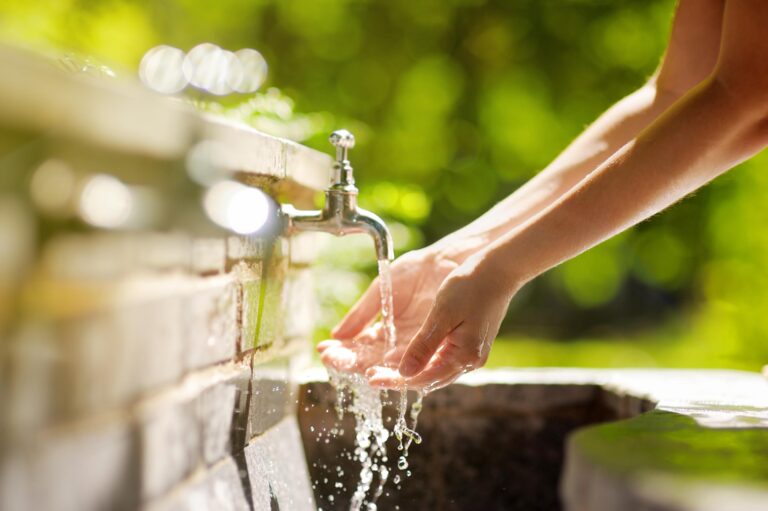Introduction to Water Purification
Access to clean drinking water is a critical issue faced by many developing countries. Water purification techniques can play a vital role in addressing this challenge and ensuring health and well-being in these regions.
1. Boiling
Boiling is one of the simplest and most effective methods of water purification. This technique kills bacteria, viruses, and parasites, making water safe for consumption.
How It Works
By heating water to a rolling boil for at least one minute, contaminants are eliminated. This method is particularly useful in emergencies or when other methods are not available.
2. Solar Water Disinfection (SODIS)
SODIS is an innovative technique that utilizes sunlight to purify water. By filling clear plastic bottles with water and exposing them to sunlight for several hours, pathogens are reduced to safe levels.
Advantages
This method has the advantage of being low-cost and easy to implement. It is especially beneficial in sunny regions where access to resources is limited.
3. Biosand Filtration
Biosand filters are a sustainable water purification option that uses natural processes. Constructed using a simple container filled with layers of sand and gravel, these filters can remove pathogens and sediments.
Long-term Use
The longevity of biosand filters makes them an attractive solution for communities. These systems can provide clean water for many years with minimal maintenance.
4. Chemical Disinfection
Chemicals like chlorine and iodine can effectively disinfect water supplies. Adding a small amount of these chemicals can kill harmful microorganisms present in the water.
Considerations
While effective, it is crucial to use chemicals in the correct dosages to avoid adverse health effects. Education on proper use is essential for ensuring safety and efficacy.
5. Community Water Systems
Investing in community-based water purification systems can have significant impacts. These systems, such as piped water networks or treatment plants, provide access to clean water for larger populations.
Collaborative Efforts
Partnerships between local governments, NGOs, and communities are vital for successful implementation. Such collaborations can enhance sustainability and improve overall public health.
Conclusion
various techniques exist to purify water in developing countries. Each method has its own benefits and challenges, but together they can help alleviate water scarcity and improve health outcomes. For detailed insights on the importance of these techniques, visit this link.

